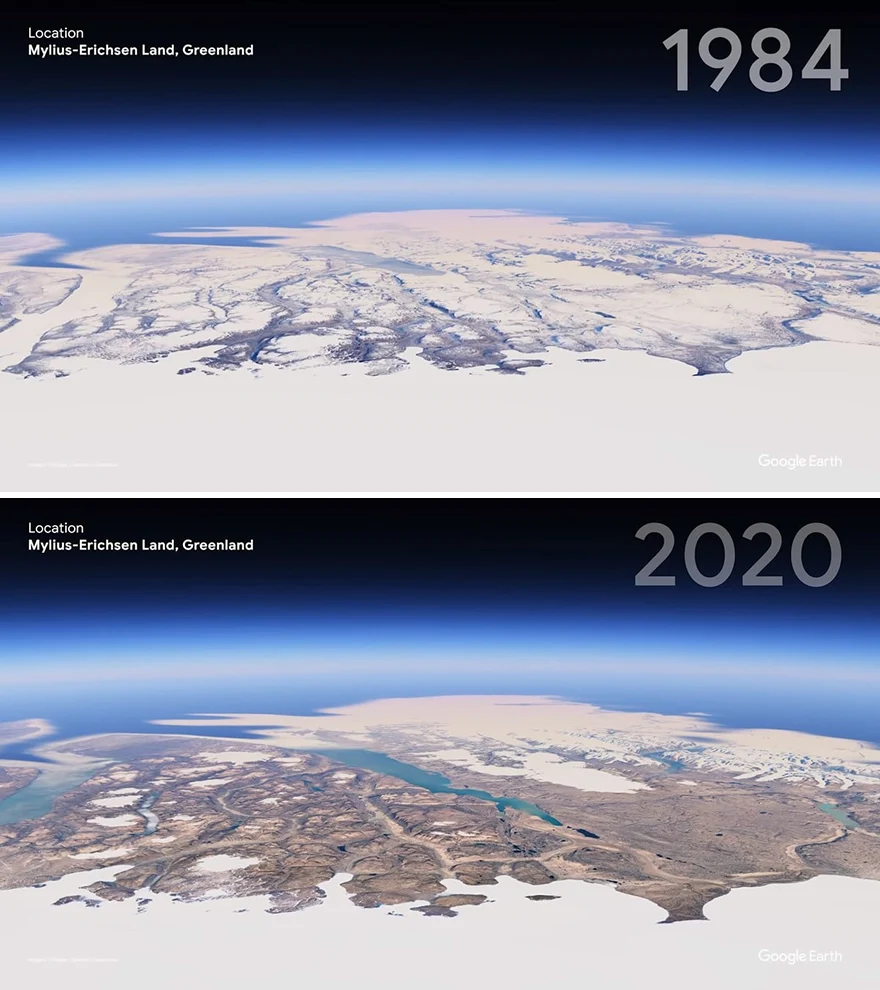For the last decades, our planet is drastically changed. As a result of melting glaciers, deforestation, erosion, plowing, and the development of vast areas, some parts of the Earth are just unrecognizable. Below is an excellent compilation of Google satellite images that illustrate how much our planet has changed from 1984 to 2020.
The Aral Sea, USSR - Kazakhstan













This post may contain affiliate links. As an Amazon Associate, I earn from qualifying purchases.
Comments
Post a Comment